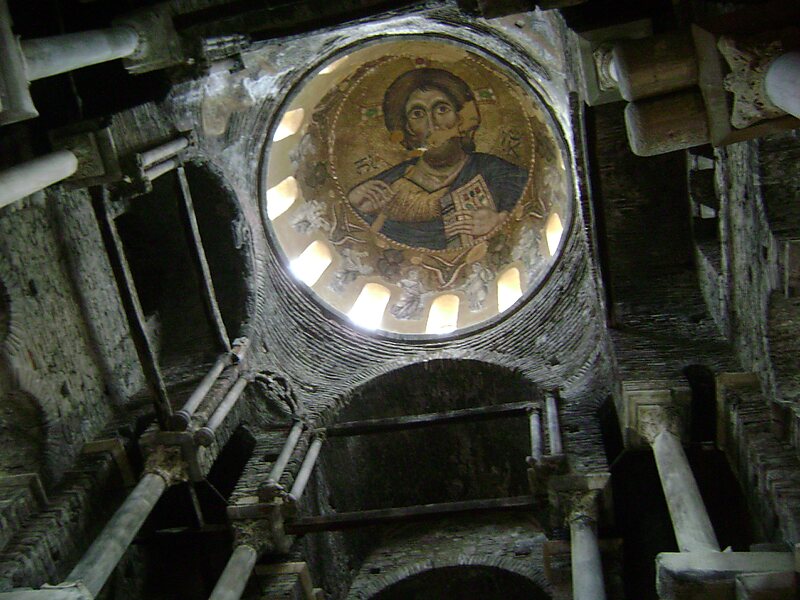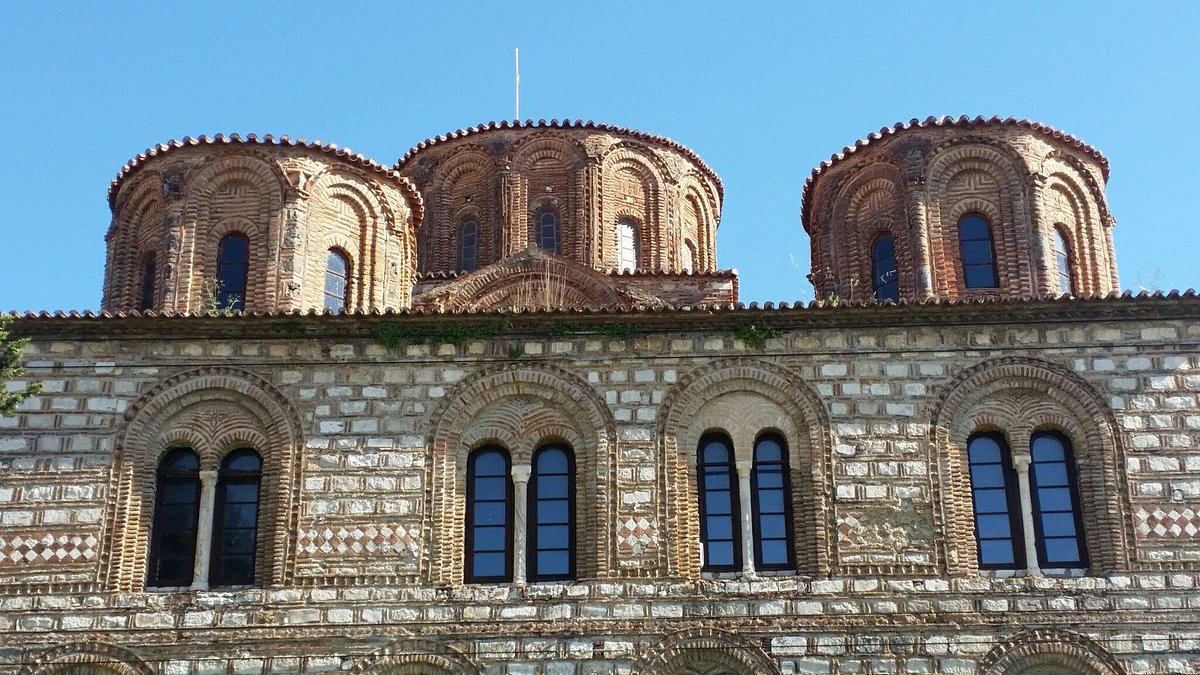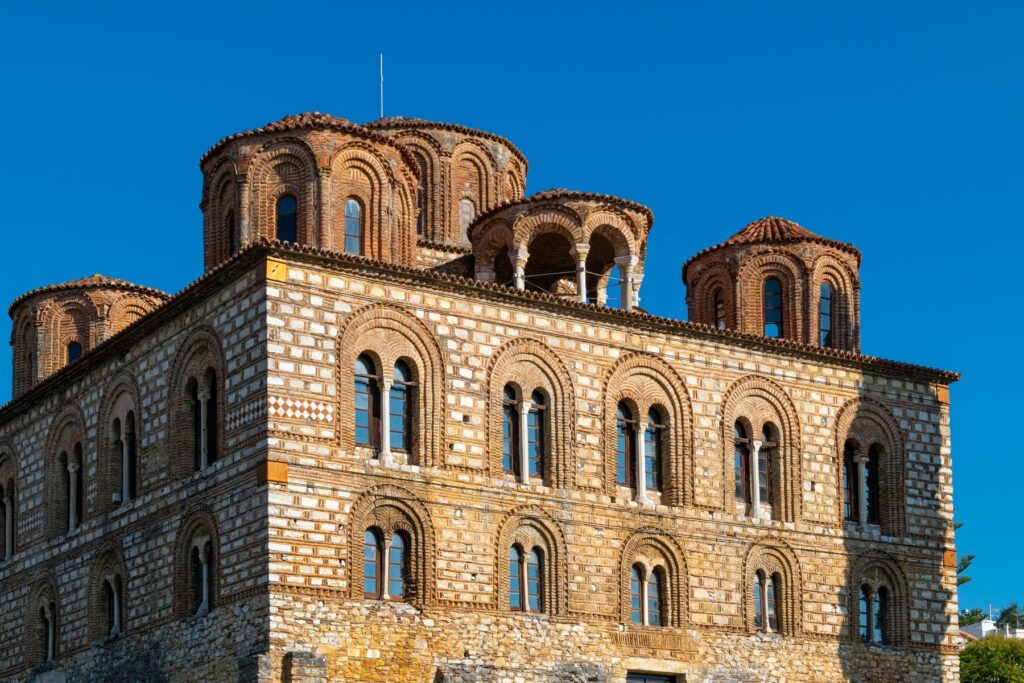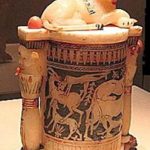The Arta Archaeological Collection is housed in the Parigoritissa Church, a 13th-century Byzantine Metropolitan Church located in the Greek city of Arta.

The Parigoritissa, also known as Paregoretissa Church, stands as a testament to the rich Byzantine heritage of the Greek city of Arta. This 13th-century Byzantine metropolitan church is not only a remarkable architectural marvel but also a repository of historical and cultural significance. Built approximately in 1290, it was commissioned by Nikephoros I Komnenos Doukas, the Despot of Epirus, and his second wife Anna Kantakouzene, leaving an indelible mark on the cityscape and the collective memory of its inhabitants.
Nestled within the heart of Arta, the Parigoritissa Church serves as a focal point for both religious worship and cultural appreciation. Its imposing exterior, characterized by intricate brickwork and elegant arches, reflects the Byzantine architectural style prevalent during the era of its construction. The church’s design, with its domed roof and ornate façade, exudes an aura of grandeur and reverence, inviting visitors to step back in time and experience the splendor of Byzantine craftsmanship.

Beyond its architectural significance, the Parigoritissa Church holds a wealth of historical and cultural treasures within its walls. Part of the building is dedicated to housing the Arta Archaeological Collection, a curated ensemble of artifacts that trace the city’s storied past. From ancient pottery shards to intricately carved statues, these artifacts offer invaluable insights into Arta’s rich archaeological heritage, spanning millennia of human civilization.
The construction of the Parigoritissa Church was a labor of love commissioned by Nikephoros I Komnenos Doukas and Anna Kantakouzene, reflecting their patronage of the arts and devotion to the Orthodox Christian faith. The church’s name, “Parigoritissa,” translates to “the Comforter,” a title often associated with the Virgin Mary in Byzantine religious iconography. This choice of name underscores the church’s role as a spiritual sanctuary, offering solace and comfort to believers in times of need.

Inside the Parigoritissa Church, visitors are greeted by a sanctuary adorned with vibrant frescoes and intricate mosaics, depicting scenes from the life of Christ, the Virgin Mary, and various saints. These religious artworks serve not only as expressions of faith but also as reflections of Byzantine artistic sensibilities, characterized by their vivid colors, intricate detailing, and spiritual symbolism.
The Parigoritissa Church has witnessed centuries of historical events, from the rise and fall of Byzantine empires to the tumultuous periods of Ottoman rule and Greek independence. Despite the passage of time and the challenges of history, the church has remained a steadfast symbol of continuity and resilience, serving as a beacon of hope and inspiration for generations of worshippers and art enthusiasts alike.

Today, the Parigoritissa Church continues to stand as a proud monument to Arta’s Byzantine heritage, welcoming visitors from around the world to marvel at its architectural splendor and cultural significance. As a living testament to the enduring legacy of Nikephoros I Komnenos Doukas, Anna Kantakouzene, and the Byzantine Empire, it serves as a reminder of the rich tapestry of history that weaves through the streets of Arta and the hearts of its people.
In conclusion, the Parigoritissa Church, also known as Paregoretissa Church, is more than just a place of worship; it is a living testament to the rich Byzantine heritage of the Greek city of Arta. Commissioned by Nikephoros I Komnenos Doukas and Anna Kantakouzene in the 13th century, this architectural masterpiece has stood the test of time, bearing witness to centuries of history and serving as a beacon of cultural and spiritual significance for generations to come.











